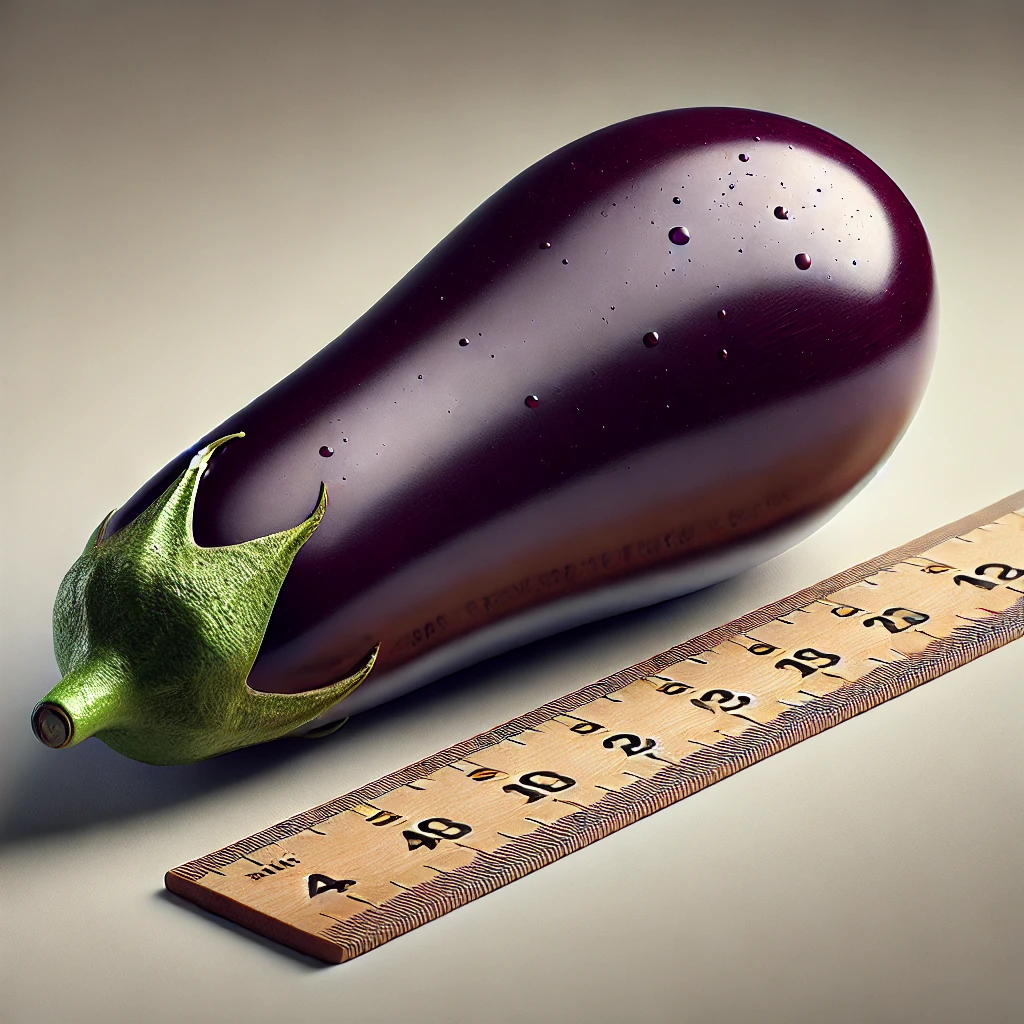What Does Penis Size Rating Mean?
Penis size rating isn't a medical term but rather a colloquial way to discuss how one's size compares to average benchmarks or societal expectations. It reflects a mix of personal perception, cultural influences, and media portrayals. Here’s an in-depth look at what this concept entails:
- Average Size: Research indicates that the average erect penis measures approximately 5.16 inches (13.12 cm) in length with a girth of about 4.59 inches (11.66 cm). These statistics serve as a general reference, reminding us that there is a wide range of normal.
- Perception vs. Reality: Due to media exaggeration and locker room comparisons, many men overestimate what is truly "average." In reality, the diversity of natural sizes means that many fall well within a healthy and normal range.
- Cultural Variations: Standards of attractiveness differ around the world. Cultural differences mean that perceptions of what is ideal can vary widely, influencing how individuals rate themselves.
How to Measure?
Accurate measurement is essential if you want to understand your own dimensions and put them in perspective. Follow these guidelines for reliable results:
- Flaccid Measurement: When measuring in a flaccid state, use a ruler or tape measure to record the length from the base of the penis to the tip. Keep in mind that flaccid size can vary based on temperature and arousal.
- Erect Measurement: For a more standardized assessment, measure the length along the top of the penis from the pubic bone (taking into account any fat pad) to the tip when erect.
- Girth Measurement: Wrap a flexible tape measure around the thickest part of the shaft. Girth is an important dimension that can contribute to physical satisfaction and is sometimes even more significant than length.
Psychological Impact
Concerns about penis size can have far-reaching psychological effects. These worries might manifest in several ways:
- Self-Esteem Issues: Constant comparisons and unrealistic standards can erode self-confidence and create a negative body image.
- Relationship Anxiety: Worries about size may contribute to anxiety in intimate relationships, potentially hindering open communication and overall satisfaction.
- Unnecessary Medical Consultations: Persistent size concerns might lead to repeated, and sometimes unnecessary, medical consultations or even consideration of risky procedures.
If these concerns become overwhelming, it is important to seek guidance from a mental health professional or a medical expert to address underlying issues and improve self-perception.
Enhancement Options
For those considering ways to enhance their size, it’s crucial to approach these options with caution and a clear understanding of potential risks:
- Exercises: Methods such as jelqing are often promoted as natural ways to increase size. However, scientific evidence supporting these techniques is limited, and results can vary greatly.
- Surgery: Surgical interventions, including phalloplasty, are available but carry significant risks. They may not reliably improve appearance or function and should only be considered after thorough consultation with a qualified healthcare provider.
- Devices: Tools like vacuum pumps and extenders can provide temporary enhancements when used consistently and correctly. Misuse, however, can lead to injury.
It is always advisable to consult with a healthcare provider before pursuing any enhancement methods to understand the benefits and potential drawbacks fully.
Final Thoughts
Ultimately, it's important to remember that penis size is just one aspect of overall sexual health and personal identity. It does not solely define sexual satisfaction or personal worth. Focusing on overall health, hygiene, and the quality of intimate relationships can yield more rewarding outcomes. If concerns about size negatively impact your life, consider speaking with a therapist or a medical professional who can offer both reassurance and practical guidance.

